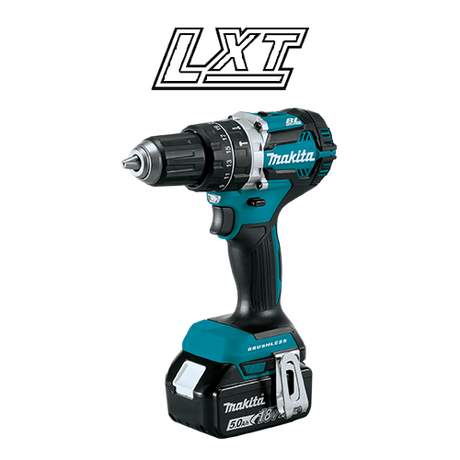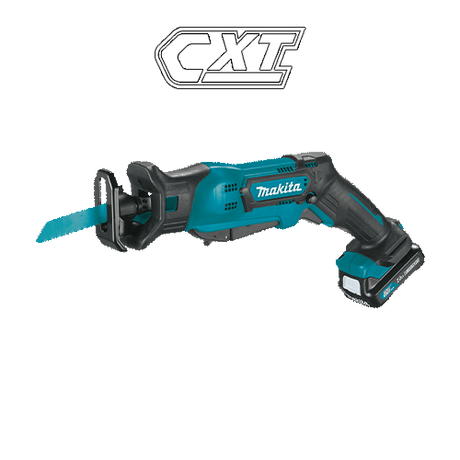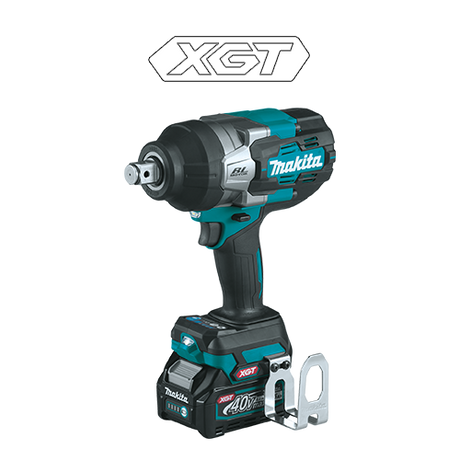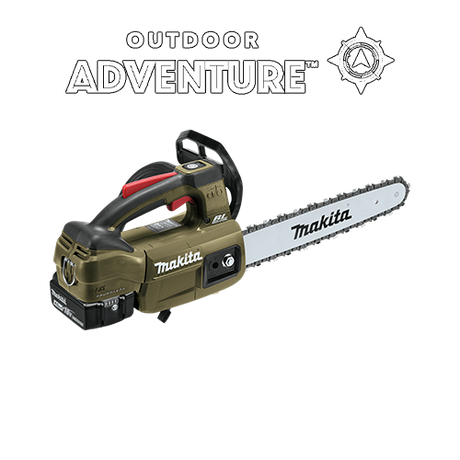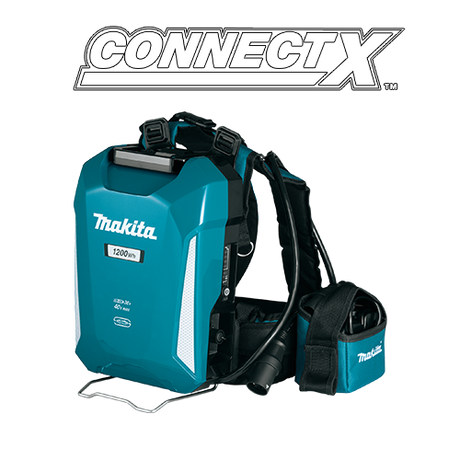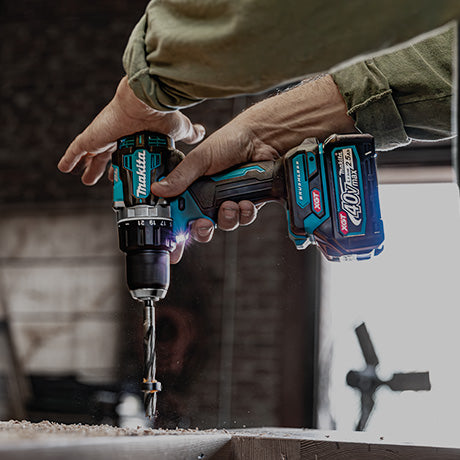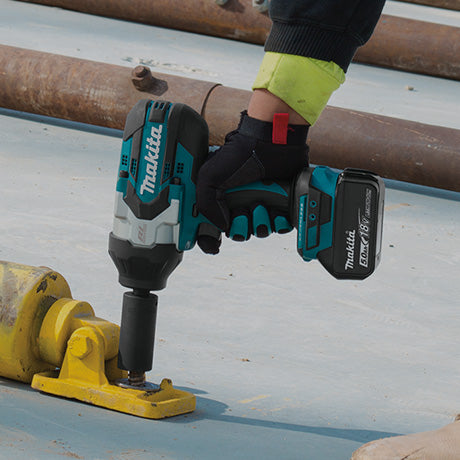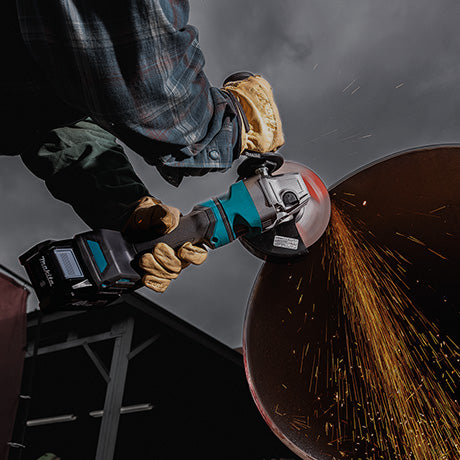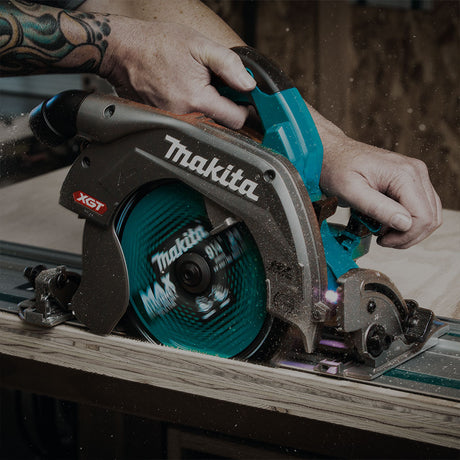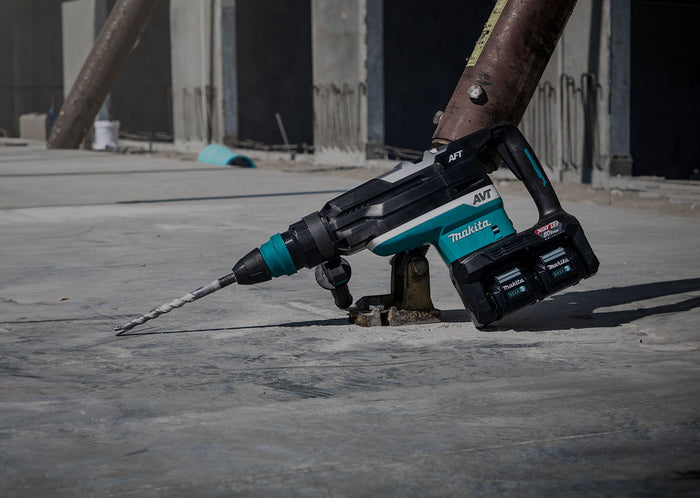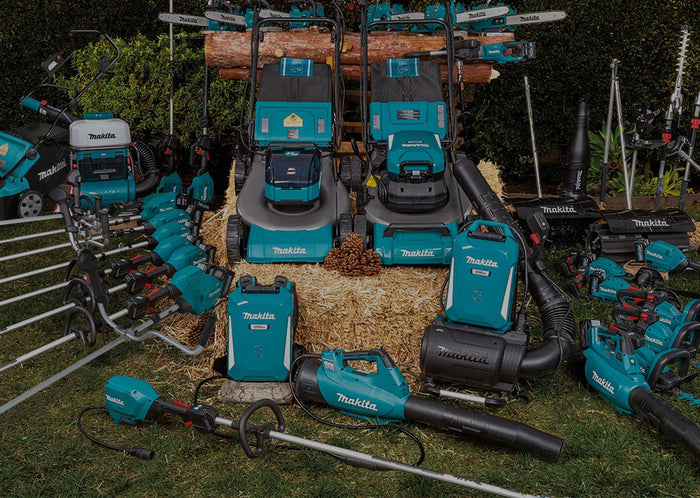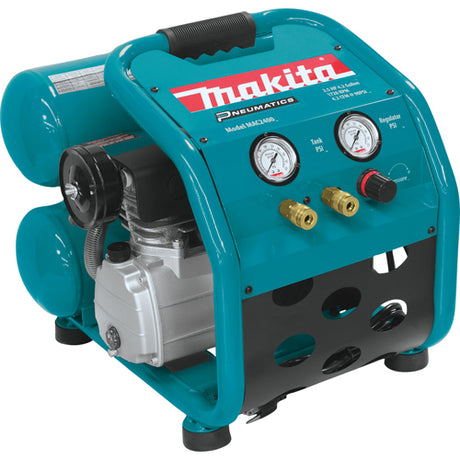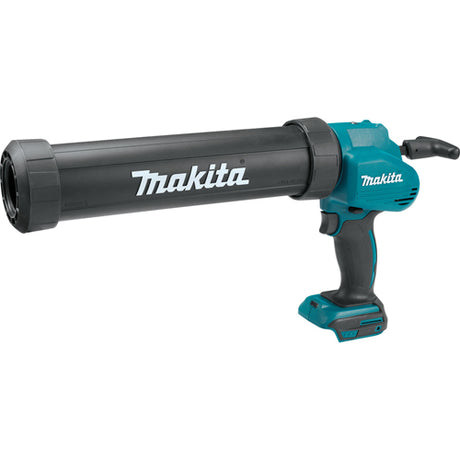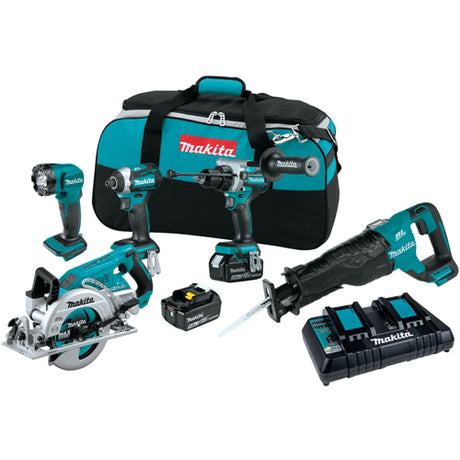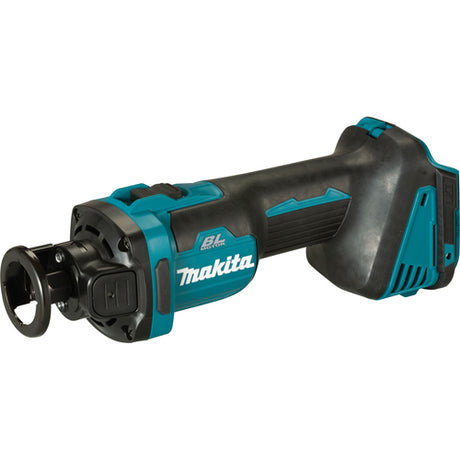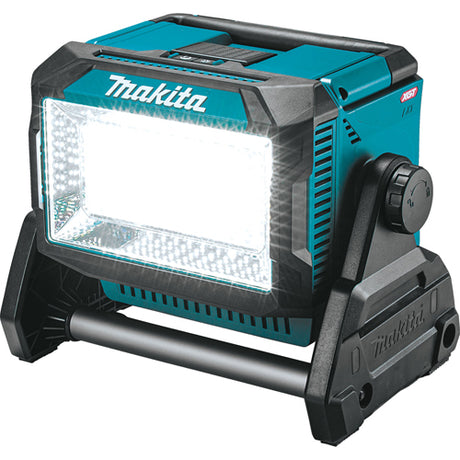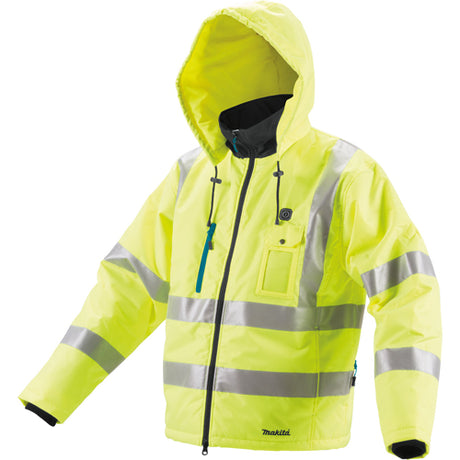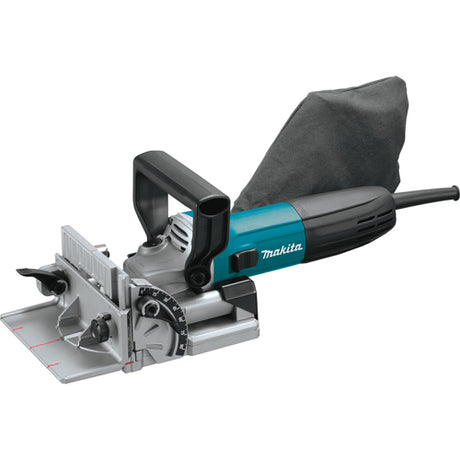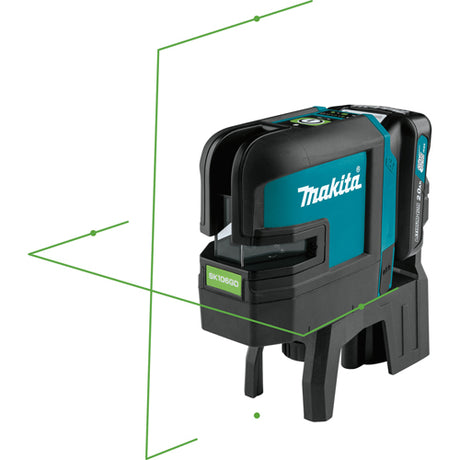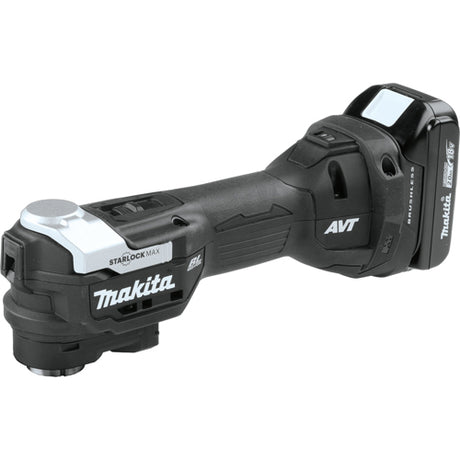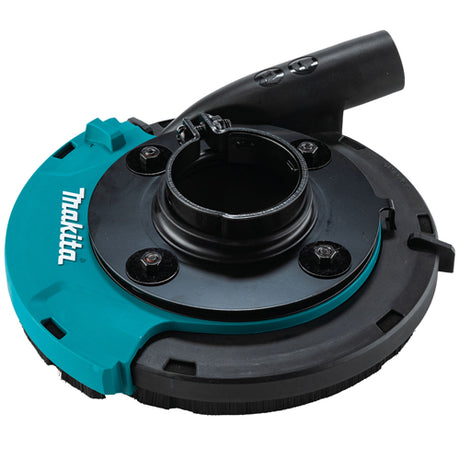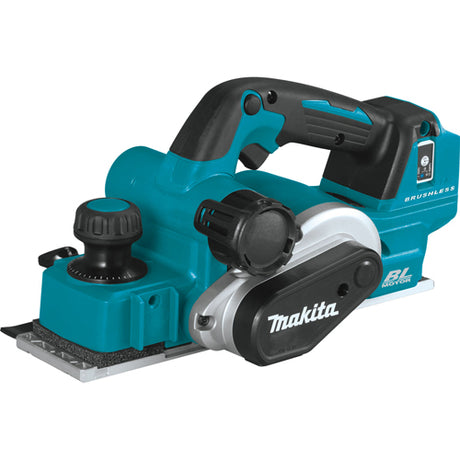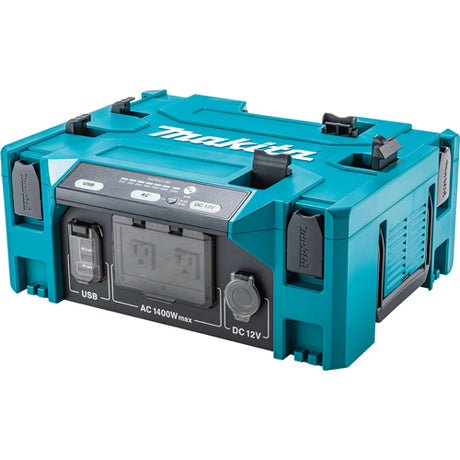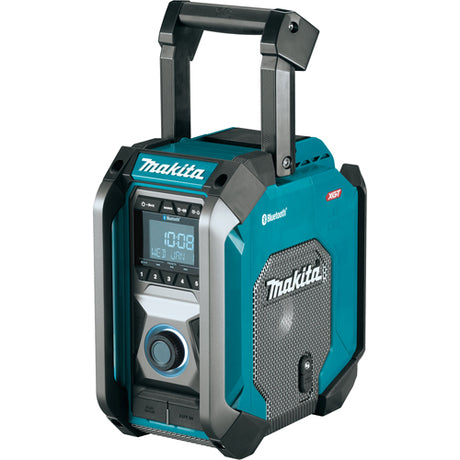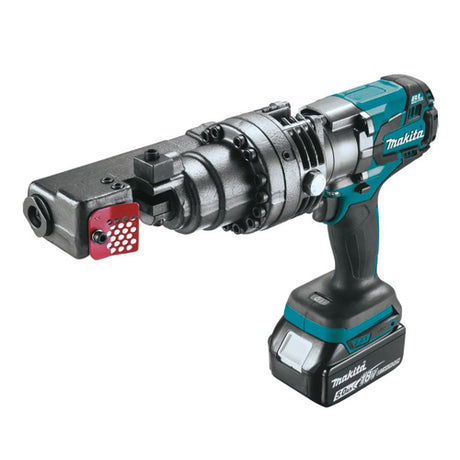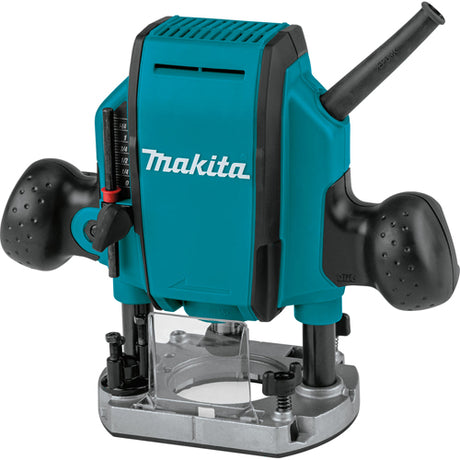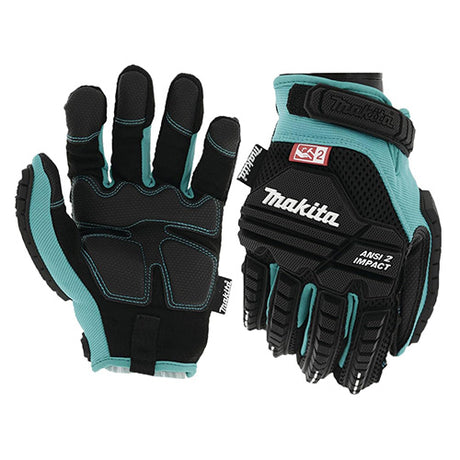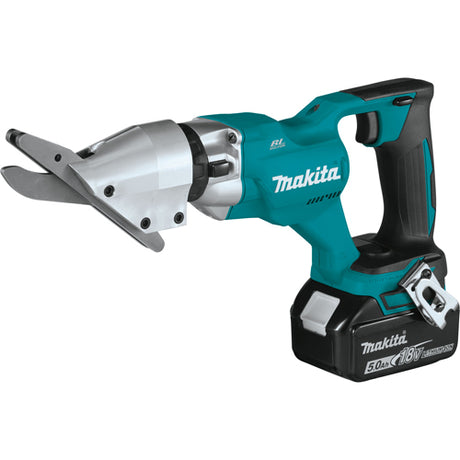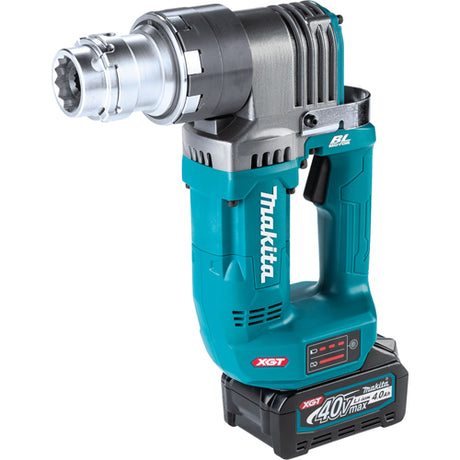Shop by Platform
Shop Top Collections
Shop by Application
Makita Categories
Frequently Asked Questions
Does over-discharging affect battery life?
Does over-discharging affect battery life?
Yes. Over-discharging can damage your battery. When you notice your tool's performance declining (reduced power or speed), stop using it and recharge the battery immediately. Continuing to use the battery after it can no longer properly power the tool may permanently damage the battery, resulting in:
- Shorter run times
- Reduced overall battery lifespan
- Fewer charging cycles
For optimal battery performance and longevity, recharge before the tool shows significant power reduction.
What are the amp hour capacities of Makita batteries?
What are the amp hour capacities of Makita batteries?
Makita designs its battery-powered tools with motors and batteries that work together for optimal performance. Below is a breakdown of the amp hour (Ah) capacities available across Makita's battery systems:
CXT® System (12V max)
The CXT® System includes 12V max batteries with 2.0Ah and 4.0Ah capacities.
LXT® System (18V)
The LXT® System offers 18V batteries in multiple capacities: 1.5Ah, 2.0Ah, 3.0Ah, 4.0Ah, 5.0Ah, and 6.0Ah.
XGT® System (40V max)
The XGT® System features 40V max batteries available in 2.5Ah, 4.0Ah, 5.0Ah, and 8.0Ah capacities.
ConnectX™ System
The ConnectX™ System includes a 36V 1,200Ah Backpack Power Supply.
Higher amp hour ratings provide longer runtime between charges for your Makita tools.
What are the advantages of a 12" slide compound miter saw compared to a 10" model?
What are the advantages of a 12" slide compound miter saw compared to a 10" model?
The primary difference between 12" and 10" slide compound miter saws comes down to cutting capacity versus precision:
12" Miter Saw Advantages
A 12" miter saw provides greater cutting capacity in both crosscut width and vertical cutting height, allowing you to cut larger workpieces in a single pass. This makes it ideal for cutting wider boards and larger dimensional lumber.
10" Miter Saw Advantages
The 10" saw, with its smaller blade, typically experiences less blade deflection and run-out. This often results in higher accuracy and cleaner cuts, making it excellent for precision work and specialty cuts where exactness is critical.
Your choice should depend on whether you prioritize the ability to cut larger materials (12") or maximum precision for detail work (10").
For wood stud applications, should I choose a high or low RPM drywall screwdriver?
For wood stud applications, should I choose a high or low RPM drywall screwdriver?
When driving screws into wood studs, a lower RPM drywall screwdriver is generally the better option. Lower RPM models provide higher torque, which helps drive screws more effectively into dense wood materials without stripping screw heads or damaging the wood.
Makita offers various drywall screwdriver models with different speed settings to accommodate different job requirements. While higher RPM models excel at quick drywall-to-metal stud installations, the increased torque of lower RPM models makes them more suitable for wood stud applications.
That said, personal preference and your specific working technique may influence which tool feels most comfortable and effective for your particular needs.

